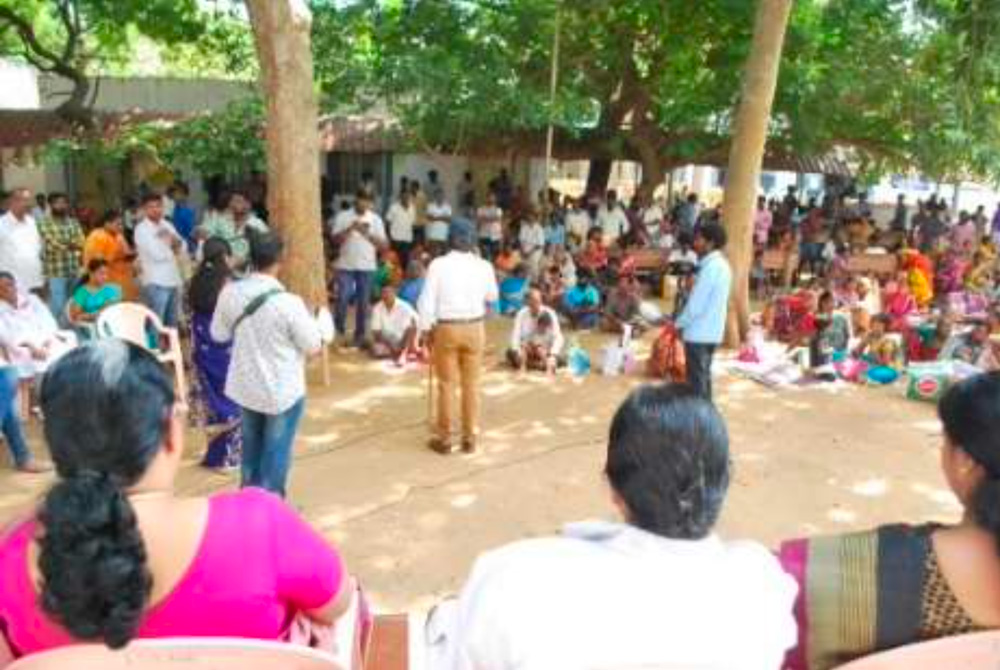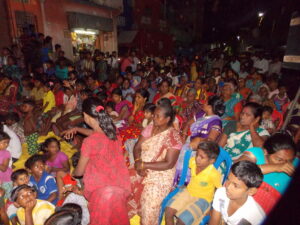Publication – AIDS education and prevention, Vol. 21, No. 5
Abstract
With the advent of antiretroviral treatment (ART) for HIV/AIDS, governments and NGOs seek to increase the number of persons on this lifesaving medication and their adherence to the drug regimens. The conventional approach to communication within a clinical context includes provider-patient counseling, group education sessions, client information materials, and support groups. Given the layers of influence on an individual’s behavior-spouse/family/friends, community, and societal-it is essential for the ART rollout to harness the power of complementary communication channels to create an enabling environment that supports individual behavior in terms of adherence. This article explores a series of communication vehicles-different forms of mass media and community mobilization-that complement the interpersonal communication/counseling within the medical model, and it provides examples from developing countries (largely sub-Saharan Africa) that have used them to good effect in the rollout of ART.




